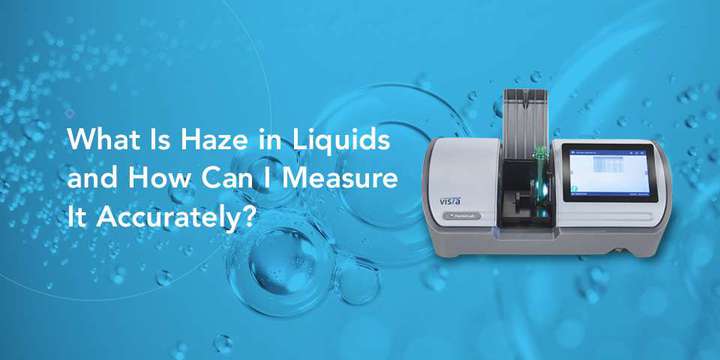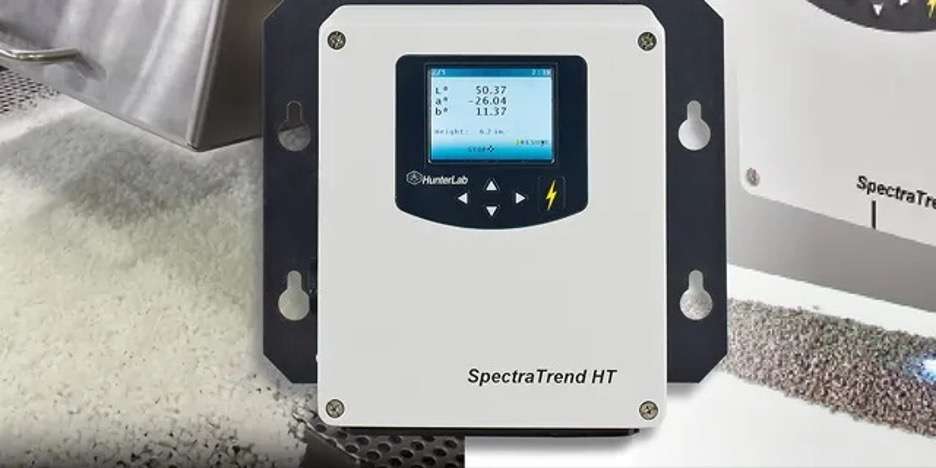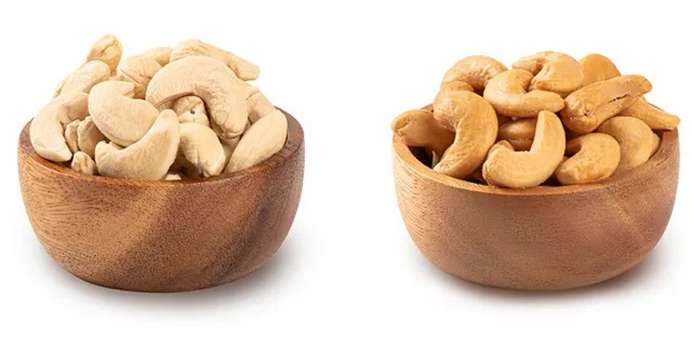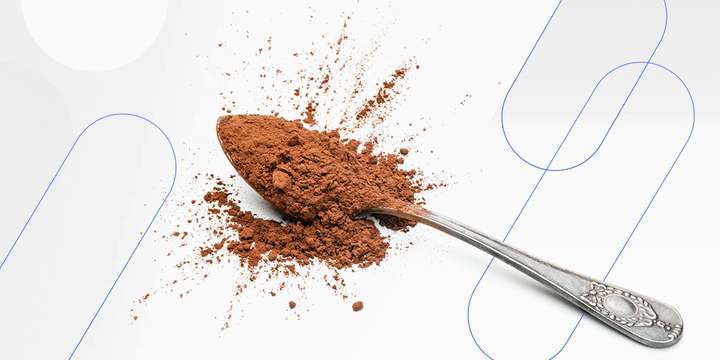Clarity is a critical aspect of liquid product quality in many industries, and modern consumers combine it with color when evaluating whether to buy a product or trust a brand. As a result, scientifically and objectively quantifying haze is essential to achieving quality goals and maintaining customer satisfaction.
What Is Haze and How Does It Alter the Appearance of Liquids?
In its simplest definition, haze is scattering of light produced by small particles in a sample. Suspended particles within a liquid also scatter light, leading to turbidity — a cloudy, milky, or opaque appearance.
Transmission haze occurs in transparent goods and liquids, like clear plastic preforms or bottled water. As light passes through the sample, factors like surface texture imperfections and impurities scatter the energy.
Primary Causes of Haze in Liquids
In liquids, a natural interaction between proteins and polyphenols usually causes measurable turbidity. Other potential causes include poor-quality raw ingredients, such as infected barley used in beer brewing or particulate residues from filtering processes.
The Importance of Haze to Consumer Perceptions
Clarity is necessary in liquids to signify quality and safety.
Turbidity in beer can be either desirable or undesirable, depending on the consumer's preference. Many manufacturers continually aim to control turbidity in beer since its presence can negatively impact taste and shorten shelf life. Others use turbidity as a competitive advantage, crafting hazy IPAs that consumers perceive as more flavorful. Similarly, some winemakers prefer haze as a marker of authenticity and a natural by-product of fermentation.
Other liquids also rely on haze to meet consumer expectations or generate a favorable customer opinion. For example, a haze in fruit juices can spur more sales by promoting the perception that nutritional value is higher. Manufacturers can create the haze naturally or use additives to produce the intended result.







